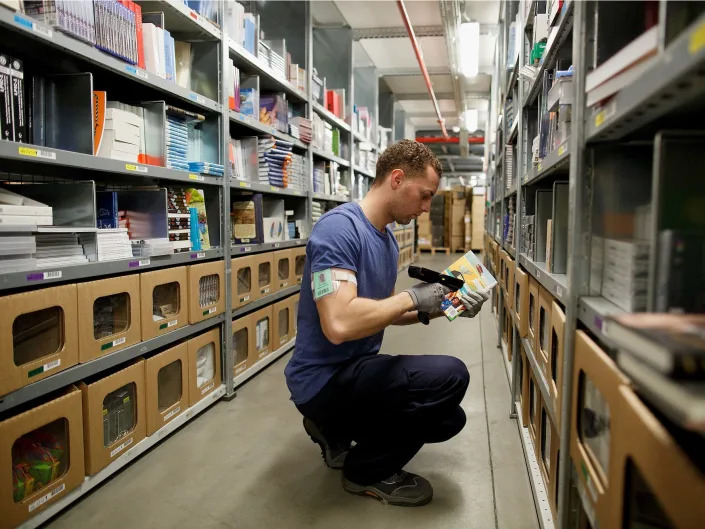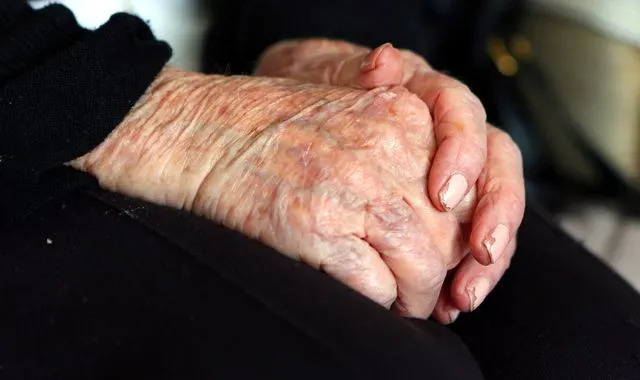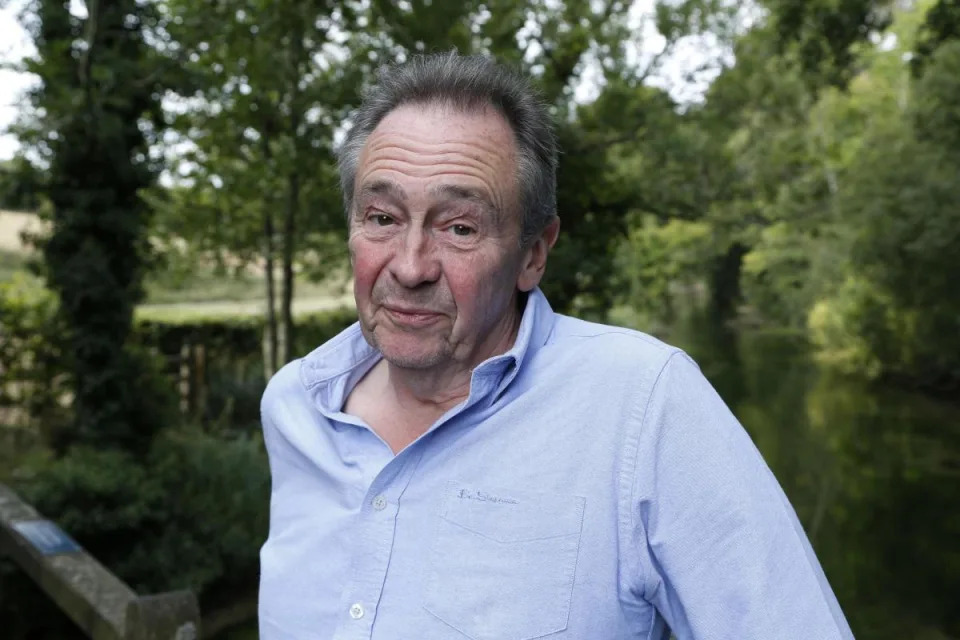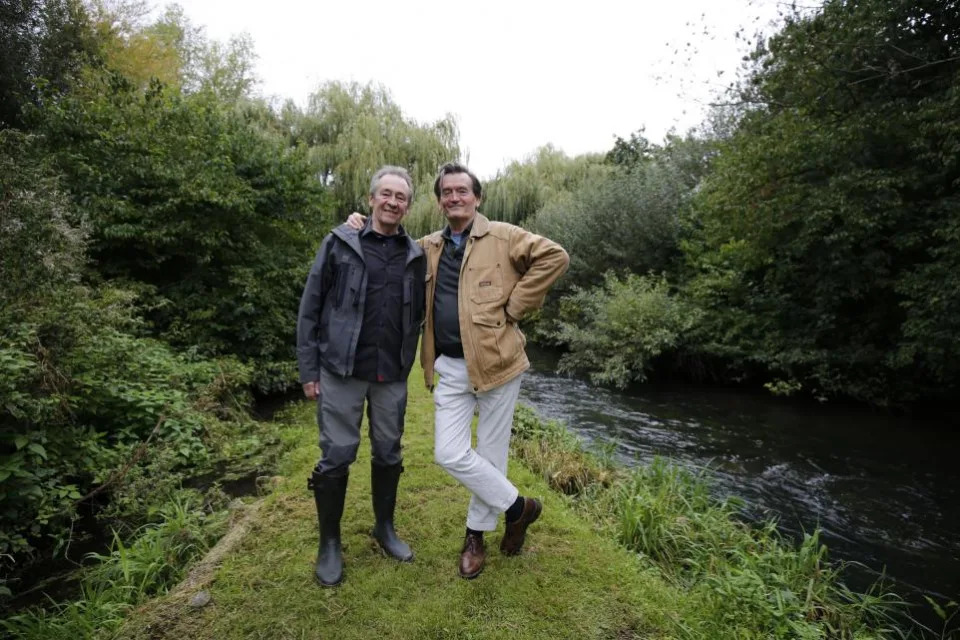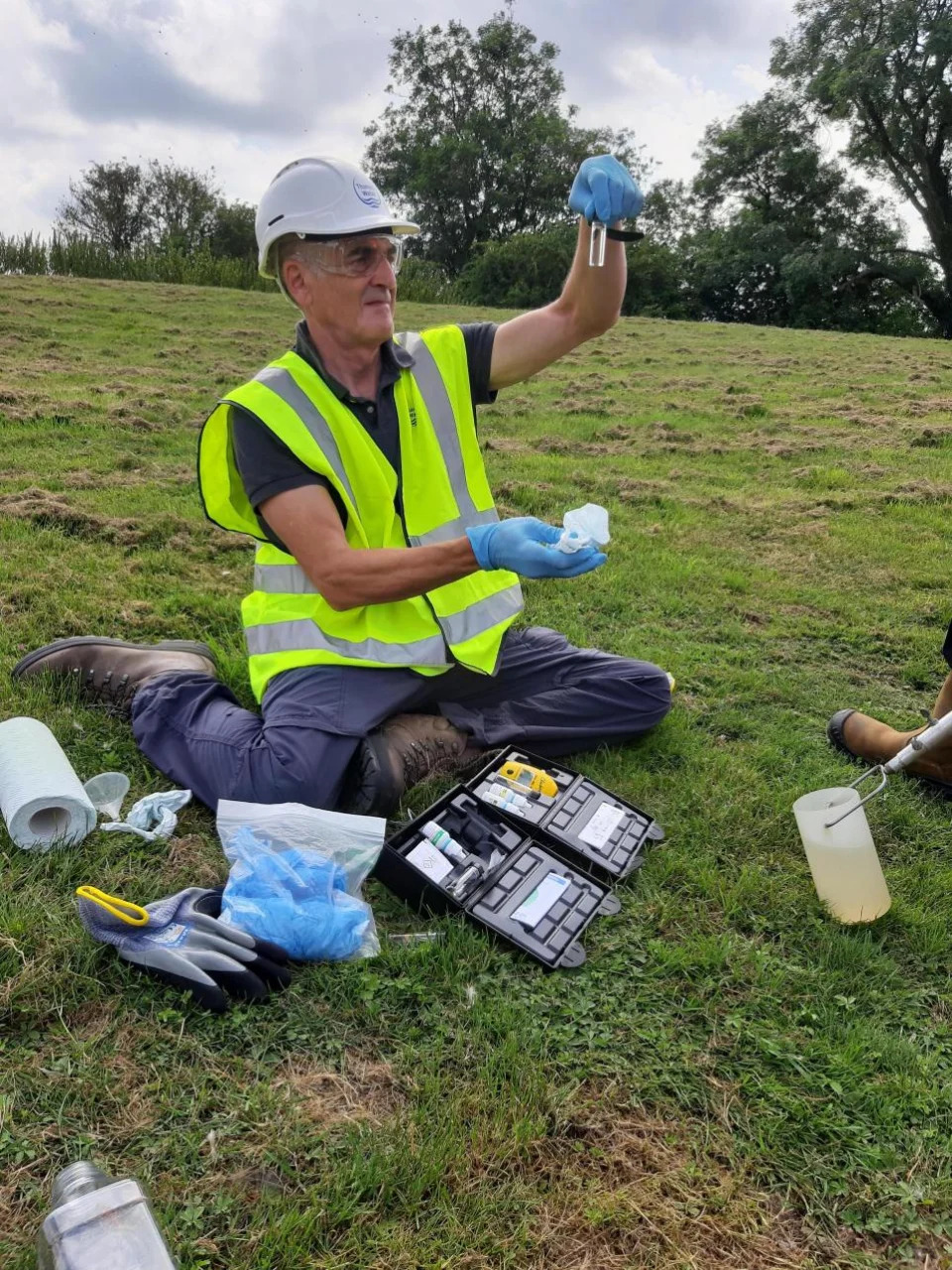LOVE IS A HUMAN RIGHT
Latin American country rejects same-sex marriage in landmark court case; not a 'human right'Peter Aitken
FOX NEWS
(YOU CAN TELL FROM THE HEADLINE)
Sat, March 4, 2023
Panama’s Supreme Court has ruled against same-sex marriage, saying that it is not a human right, closing the door to establishing the practice through judicial ruling.
"There is a reality, and it is that, until now, the right to equal marriage is no more than an aspiration, even though a legitimate one for the groups involved, and it does not fall into the category of a human right or a fundamental right," said the court, in the ruling dated Feb. 16 but released on Mar. 1.
The case resulted from same-sex couples who were married in other countries seeking to have their unions recognized in Panama.
But the court ruled that "no matter how many changes happen in reality," same-sex marriage "lacks conventional and constitutional recognition," the AFP reported.
The Supreme Court implied with its ruling that the country’s Family Code prioritized unions "capable of establishing families giving continuity to the human species, and therefore, to society," according to Newsroom Panama.

A woman holds a sign reading In case you haven't noticed, we are sovereign during a protest against same-sex marriage, outside the Supreme Court of Justice, in Panama City, on October 07, 2020. - Protesters demanded Supreme Court magistrates not to accept a claim of unconstitutionality against article 26 of the Family Code, which only recognizes the union between a man and a woman.
A commission established in 2022 looked at the issue, listening to members of the public who spoke on why they were seeking same-sex marriages, civil rights activists and a delegation from the National Government of Panama.
Yamileth Garces, a Panamanian woman seeking recognition of her marriage, said that the country "segregate us … minimize our value before society … condemn us to live in the dark."
The ruling also complicates issues of inheritance law and raises difficulties with potential medical decisions among other legal questions.
The new ruling will also require some reonciliation with a 2018 ruling from the Interamerican Court of Human Rights, which decreed same-sex couples had the same rights as heterosexual couples, which applied to all members – including Panama.
Iván Chanis Barahona, a lawyer and human rights activist currently serving as president of Fundación Iguales, told Human Rights Watch that same-sex couples are "invisible" in the country.
"Recently, the National Assembly of Panama passed a new law on adoptions, which included a prohibition on adoption by same-sex couples.," Barahona said. "Even though the president partially vetoed this law, he did not object to these discriminatory provisions.
In Central America, only Costa Rica independently recognizes same-sex marriage, and some believe the strong presence of the Catholic church in the region influences the decisions.
But Pope Francis recently decreed that same-sex marriage is not a crime but that it remains a sin in the eyes of the church.

Men climb up a light pole with a Panamanian flag during a protest against same-sex marriage, outside the Supreme Court of Justice, in Panama City, on October 07, 2020. - Protesters demanded Supreme Court magistrates not to accept a claim of unconstitutionality against article 26 of the Family Code, which only recognizes the union between a man and a woman.More
"Being homosexual isn’t a crime," Francis told The Associated Press. "It's not a crime. Yes, but it's a sin. Fine, but first, let's distinguish between a sin and a crime."
The Pope also addressed how some Catholic bishops support laws criminalizing homosexuality in some parts of the world. He, too, has referred to the issue in terms of "sin" but said bishops and others should undergo a process to change their thinking to recognize the dignity of all people.
"These bishops have to have a process of conversion," he said, saying the bishops should observe the same "tenderness, as God has for each one of us."
Fox News Digital's Lawrence Richard contributed to this report.
Panama’s Supreme Court has ruled against same-sex marriage, saying that it is not a human right, closing the door to establishing the practice through judicial ruling.
"There is a reality, and it is that, until now, the right to equal marriage is no more than an aspiration, even though a legitimate one for the groups involved, and it does not fall into the category of a human right or a fundamental right," said the court, in the ruling dated Feb. 16 but released on Mar. 1.
The case resulted from same-sex couples who were married in other countries seeking to have their unions recognized in Panama.
But the court ruled that "no matter how many changes happen in reality," same-sex marriage "lacks conventional and constitutional recognition," the AFP reported.
The Supreme Court implied with its ruling that the country’s Family Code prioritized unions "capable of establishing families giving continuity to the human species, and therefore, to society," according to Newsroom Panama.

A woman holds a sign reading In case you haven't noticed, we are sovereign during a protest against same-sex marriage, outside the Supreme Court of Justice, in Panama City, on October 07, 2020. - Protesters demanded Supreme Court magistrates not to accept a claim of unconstitutionality against article 26 of the Family Code, which only recognizes the union between a man and a woman.
A commission established in 2022 looked at the issue, listening to members of the public who spoke on why they were seeking same-sex marriages, civil rights activists and a delegation from the National Government of Panama.
Yamileth Garces, a Panamanian woman seeking recognition of her marriage, said that the country "segregate us … minimize our value before society … condemn us to live in the dark."
The ruling also complicates issues of inheritance law and raises difficulties with potential medical decisions among other legal questions.
The new ruling will also require some reonciliation with a 2018 ruling from the Interamerican Court of Human Rights, which decreed same-sex couples had the same rights as heterosexual couples, which applied to all members – including Panama.
Iván Chanis Barahona, a lawyer and human rights activist currently serving as president of Fundación Iguales, told Human Rights Watch that same-sex couples are "invisible" in the country.
"Recently, the National Assembly of Panama passed a new law on adoptions, which included a prohibition on adoption by same-sex couples.," Barahona said. "Even though the president partially vetoed this law, he did not object to these discriminatory provisions.
In Central America, only Costa Rica independently recognizes same-sex marriage, and some believe the strong presence of the Catholic church in the region influences the decisions.
But Pope Francis recently decreed that same-sex marriage is not a crime but that it remains a sin in the eyes of the church.

Men climb up a light pole with a Panamanian flag during a protest against same-sex marriage, outside the Supreme Court of Justice, in Panama City, on October 07, 2020. - Protesters demanded Supreme Court magistrates not to accept a claim of unconstitutionality against article 26 of the Family Code, which only recognizes the union between a man and a woman.More
"Being homosexual isn’t a crime," Francis told The Associated Press. "It's not a crime. Yes, but it's a sin. Fine, but first, let's distinguish between a sin and a crime."
The Pope also addressed how some Catholic bishops support laws criminalizing homosexuality in some parts of the world. He, too, has referred to the issue in terms of "sin" but said bishops and others should undergo a process to change their thinking to recognize the dignity of all people.
"These bishops have to have a process of conversion," he said, saying the bishops should observe the same "tenderness, as God has for each one of us."
Fox News Digital's Lawrence Richard contributed to this report.



















